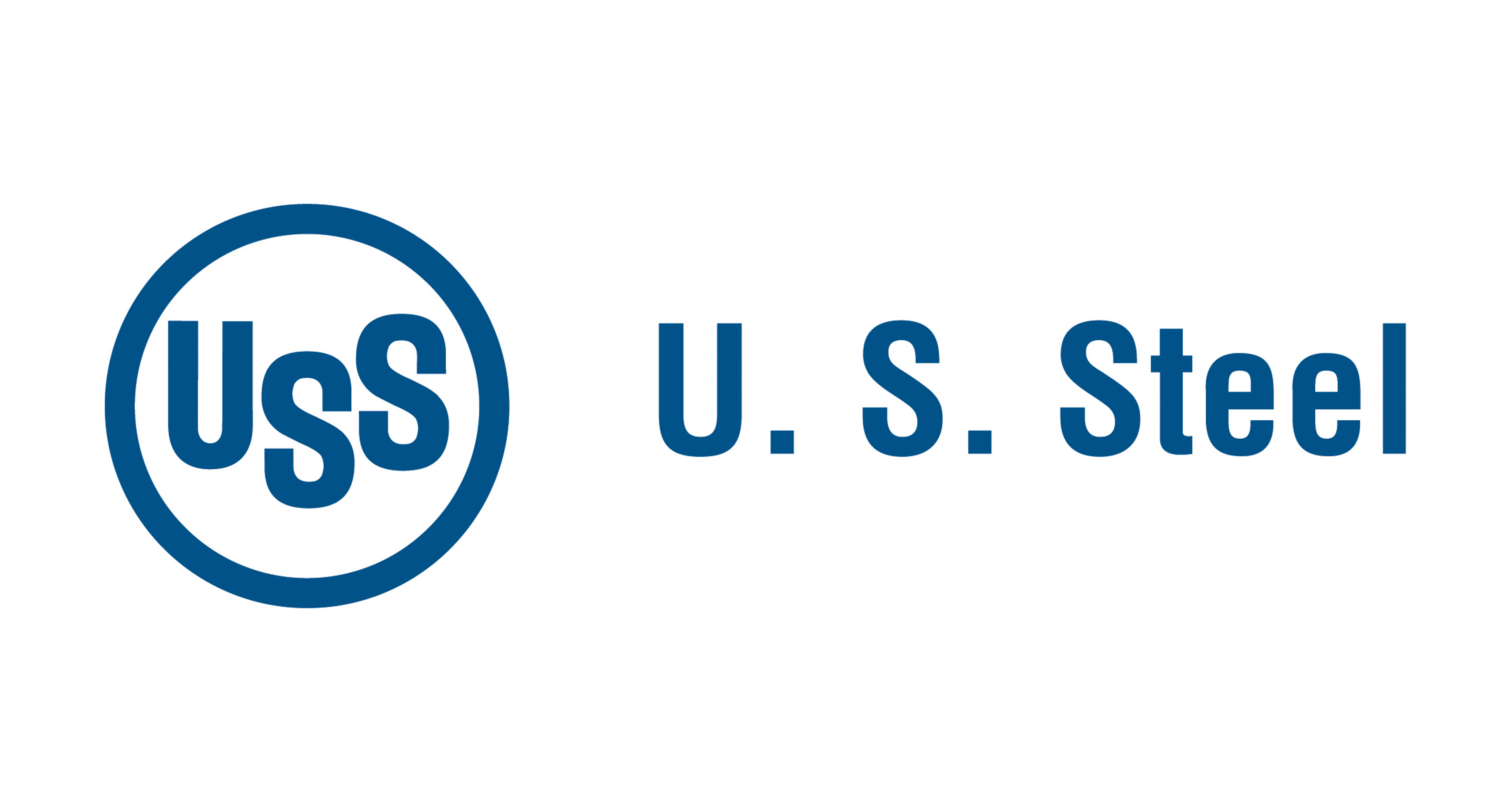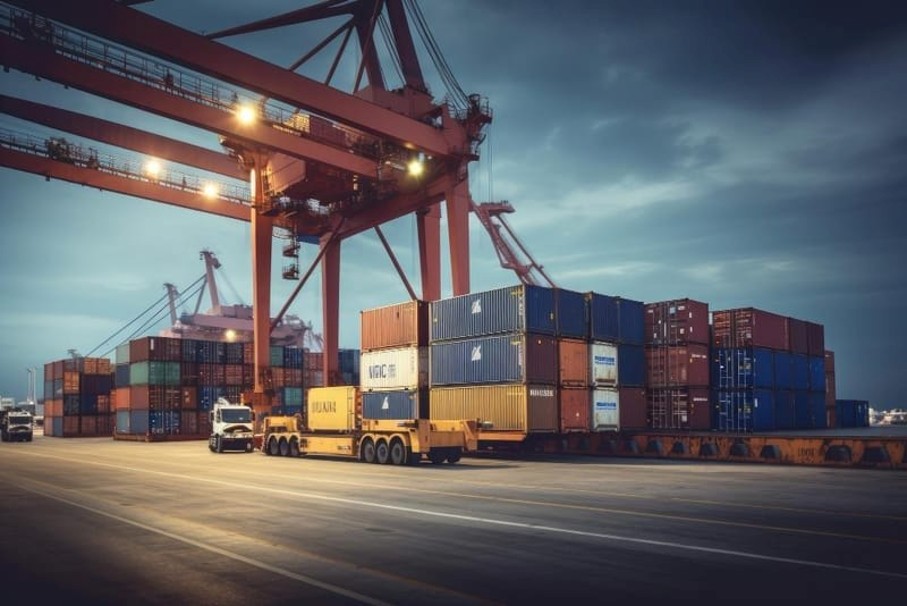Government/Policy

November 19, 2021
South Korea Demands New Deal with U.S. on Section 232: Reports
Written by Michael Cowden
South Korea wants the U.S. to start negotiations to ease Section 232 on its steel exports as soon as possible, according to local media reports.
The latest call came during meetings this week between U.S. trade officials and their South Korean counterparts in Seoul.
![]() “We once again delivered our stance and concerns regarding the Section 232 rules, and demanded that the two sides begin negotiations at an early date,” Seoul’s Ministry of Trade, Industry and Energy said, according to a report by South Korea’s Yonhap News Agency.
“We once again delivered our stance and concerns regarding the Section 232 rules, and demanded that the two sides begin negotiations at an early date,” Seoul’s Ministry of Trade, Industry and Energy said, according to a report by South Korea’s Yonhap News Agency.
The Office of the U.S. Trade Representative (USTR) did not confirm whether Section 232 was discussed. But the agency noted that USTR Katherine Tai, the top U.S. trade negotiator, met with South Korean Trade Minister Yeo Han-koo over various issues, including steel and aluminum.
“Ambassador Tai shared her concerns over the challenges posed by global nonmarket excess capacity in the steel and aluminum sectors,” USTR said in a readout of the meeting released on Friday, Nov. 19. And the two sides “agreed to continued engagement between the United States and Korea on trade and economic issues in the future.”
Tai’s meeting with Yeo came after she met earlier in the week with Japanese trade officials over similar issues.
South Korea, like Japan, has sought a new deal on Section 232 after the European Union negotiated a tariff-rate quota (TRQ), or soft quota, late last month. That agreement could serve as a template for future trade pacts with other allies.
Section 232 tariffs – 25% on foreign steel and 10% on foreign aluminum – where implemented in 2018 by the Trump administration on national security grounds. That irritated traditional U.S. allies such as Japan and South Korea, which disagreed with the idea that their steel and aluminum threatened U.S. national interests.
South Korea received an exemption from Section 232 tariffs of 25% on steel by agreeing to an absolute, or “hard,” quota in 2018. That’s an annual quota that is divided up into quarterly allotments, and volumes are determined separately for individual steel products. For hot-rolled coil, for example, South Korea’s annual limit for 2021 is 446,098 short tons (404,694 metric tonnes). Once that threshold is reached, no more South Korean hot band can be brought into the U.S. until the quota refreshes on Jan. 1, 2022.
A new deal with South Korea would be important because the country is the largest steel supplier to the United States outside of the Americas. The East Asian nation shipped 2.01 million short tons (1.83 million metric tonnes) to the U.S. in 2020, according to Commerce Department figures. Only Canada (5.25 million tons), Brazil (4.05 million tons), and Mexico (3.32 million tons) shipped more.
By Michael Cowden, Michael@SteelMarketUpdate.com






